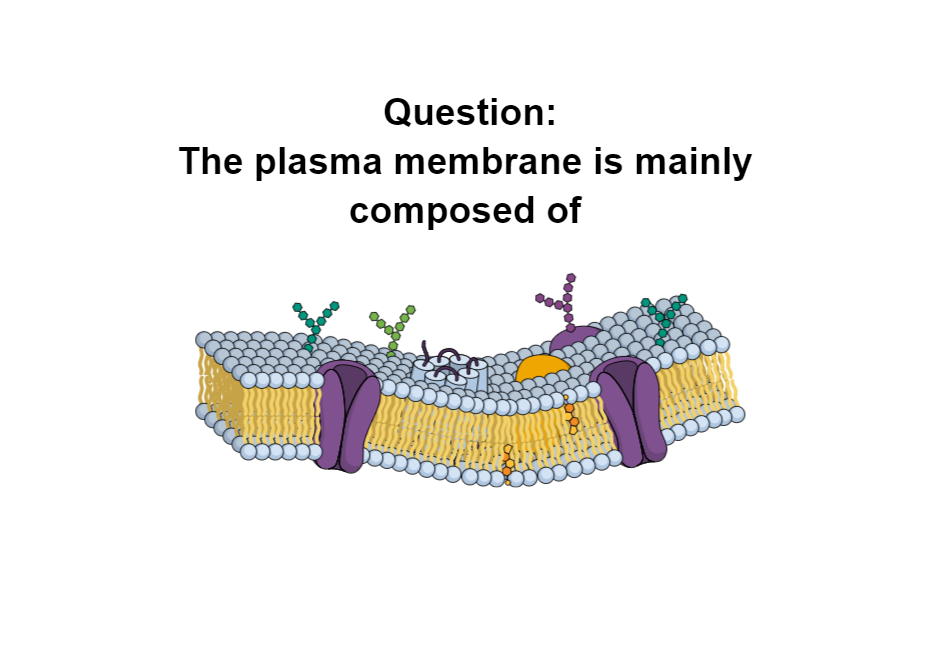

Correct!
Wrong!
The enzyme Methyltransferase is known as the suicidal enzyme.
The enzyme O-6-Methylguanine-DNA Methyltransferase (MGMT) (EC 2.1.1.63) encodes by the human MGMT gene. The gene is present on chromosome 10 at the q26.3 position. The enzyme is also known as O6-Methylguanine-DNA Methyltransferase, Methylated-DNA-Protein-Cysteine Methyltransferase, Methylguanine-DNA Methyltransferase, or DNA “suicide” repair enzyme.
Alkylating agents add an alkyl group (CH3) to the guanine (G) nitrogenous base of the DNA molecule. The methyl group on the nitrogenous base interferes with its binding with cytosine and mispair with thymine. This mispairing of guanine with thymine causes a point mutation (GC to AT transition mutations). Examples of alkylating agents are Nitrogen mustards (cyclophosphamide, mechlorethamine), busulfan, temozolomide, thiotepa, etc. Due to their mutagenic activity, alkylating agents are potent carcinogens. They can cause mutation and are associated with several types of cancer. Example: Lymphoma, glioblastoma, colorectal, and lung cancer.
The enzyme O-6-Methylguanine-DNA Methyltransferase (MGMT) is a DNA repair protein. The enzyme transfers the methyl groups (CH3) from O(6)-alkylguanine to its Cysteine molecule and repairs the mutation. Thus O-6-Methylguanine-DNA Methyltransferase (MGMT ) avoiding mutation, cell death, and cancer caused due to the alkylating agents.
The Suicide Enzyme:
Unlike other enzymes, where the enzyme retains its activity at the end of the reaction, the MGMT lost its activity after catalyzing the enzymatic reaction. The enzyme O-6-Methylguanine-DNA Methyltransferase (MGMT) lost its activity after removing the methyl group from O(6)-alkylguanine. The enzyme transfer methyl group to one of its Cysteine amino acid that causes deactivation of the enzyme.



